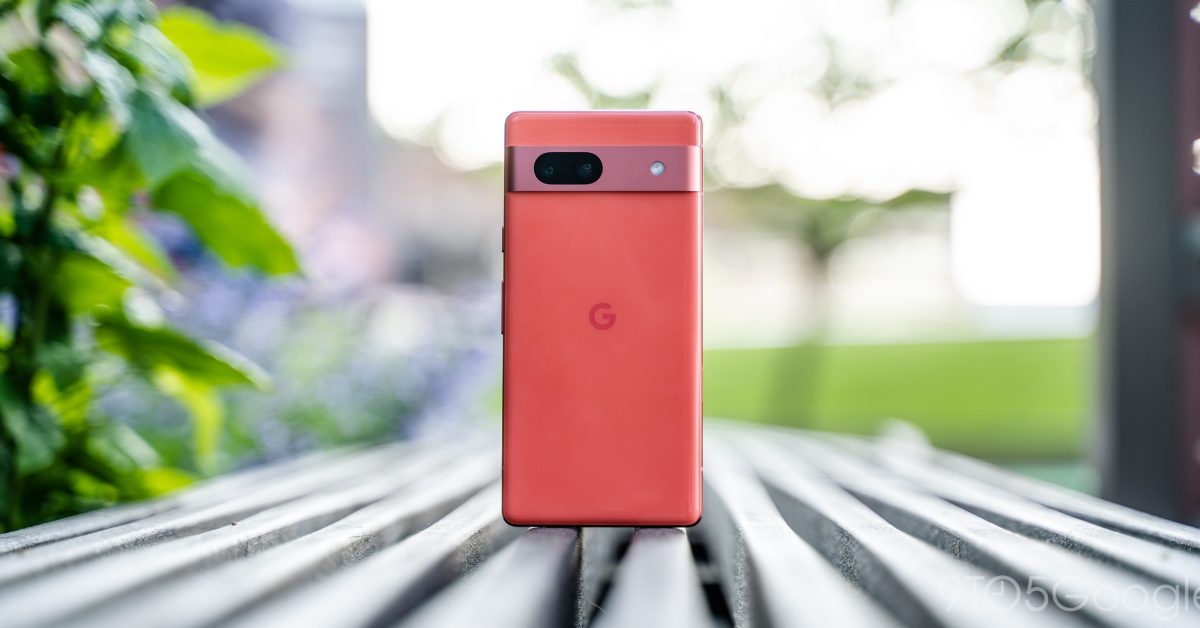Android is struggling to keep its market share in the United States, as Apple continues to take over in the market. But, despite Android as a whole losing ground, Google Pixel phones are becoming a bigger slice of the US market.
Counterpoint Research reports that, in Q2 2023, US smartphone shipments dropped by 24% year-over-year. That includes both iPhones and Android phones, and virtually every brand saw a drop in shipments. Samsung saw US shipments drop by 37% while Motorola saw a 17% drop. TCL saw the biggest decline at just shy of 70% year-over-year, and even Apple saw a 6% drop.



Major linux distributions get a lot of contributions from corporations that don’t compromise them to the whims of the company. The same model could be used. The companies contribute, because it ultimately benefits them, even if others can also benefit.
Fragmentation would likely be an issue, as we see with traditional Linux systems. However, systems like flatpak have helped standardize application distribution. Some of they fragmentation can also be seen as providing choice to users. As long as they all share the same protocols to talk to each other, which have been pretty well established by now, it shouldn’t be a huge issue.
First of all major corporations contribute to Linux kernel and there is very little contribution to a distribution. Why are they doing it? Because they benefit from their hardware being supported by Linux kernel(e.g Samsung contributing to Linux Kernel for SSD drivers) and now they can sell more, they can do this because it works with their business model. That is not the case with smartphones, in the smartphone world they are selling directly to a consumer and they need to do everything they can to differentiate themselves from other Smartphone makers. Mozilla tried the business model you mentioned but it didn’t catch on. Lastly you forget to understand the number of apps available on Google Play vs on Flathub. Google Play has ~3.5 Million Apps vs ~2000 Apps on Flathub. We are talking a different scale here
Also speaking about Flathub, Flathub solves the issue of fragmentation by building an entire OS on top of another OS just to avoid the challenges of backwards compatibility. This has implications like huge app sizes because you are basically downloading the runtime and everything it depends on for each app. It works for most people because storage is cheap and can be upgraded at least in PC world. But still you will have issues with RAM because most flatpaks don’t share the runtime and you need to need load each runtime to memory and this implications like higher memory usage, slower app start times because you need to load the entire runtime first before even you start the app.
Ideally, a standard would be made for app distribution that everyone could align to so they don’t have to resort to something with the overhead of Flatpak. In terms of the numbers of apps… I don’t think anyone really needs ~3.5m to choose from. I need 1 decent task app, not the 10,000+ that are probably out there.